San Rafael, with its wide avenues and thick vegetation, is the second most important city in Mendoza. It features the necessary infrastructure and a wide variety of services, hotel rooms, convention centers, casinos and well-appointed camping sites.
In the city of San Rafael, most of the architectural work belongs to the French man Ballofet, who fell in love with this part of the South of Mendoza.
First we find Bodega Valentín Bianchi (Valentín Bianchi Winery) and then San Rafael Airport. Valentín Bianchi arrived in Argentina in 1910. Over the years, Mr. Valentín Bianchi’s family has been evolving in the integration of two goals that summarize today the company’s way of proceeding, which is to make wines and champagne of a higher quality, and to do that combining in the best possible way all the production factors. This entails cultivating vines of selected varieties, using an adapted technology, respectful of weather and soil conditions, to grow grapes using careful methods, and mainly to do so with the enthusiasm, the effort and the dedication of all of those who work to the service of the desired product. It is famous for its traditional wines, such as: Bianchi Chablis, Don Valentín Lacrado, 1887, Famiglia Bianchi, Valentín Bianchi D.O.C San Rafael. This winery from San Rafael is the achiever of the gold medal to the category “Art and Culture” in the context of the Award Ceremony for “The Best of Wine Tourism 2008” awarded by the Red Great Wine Capital in Mendoza.
Another very important winery is Bodega Suter, which dates back to the year 1900. It was founded by a Swiss immigrant. It allows enjoying from tours to its vineyards with fine grape varieties. It has been awarded with many international awards.
As regards to olive oil factories, the cultivation of olives and the making of olive oil have notably grown in the last years in San Rafael, reaching the performance of other departments with greater experience in the field.
In Avenida Irigoyen the hotel Tower Inn & Suites stands out. It is the only four star hotel in San Rafael, and it houses one of the two casinos in the city.
Reaching San Martín Square, and surrounding this green lung, stand the municipality and the cathedral. The square has an equestrian statue of General San Martín. The French immigrant Rodolfo Iselín, founder of the city, donated the land to build this picturesque square. In 1928, the equestrian statue made of bronze was placed on stones that can be appreciated today. On it, General San Martín raises his right arm signaling the path taken by the Army of the Andes to free South American people from the ruling of the Spanish Crown.
San Rafael Arcángel Cathedral has a neocolonial style. Its construction started in 1935 and it finished in 1952. To the right of the cathedral, San Marco Tower is located. It was donated by Viñuela family, in 1952. Monsignor Ernesto Vicente de Miguel worked very hard in the cathedral’s construction (1911-1996); he was its parish priest from 1941 to 1985. His body is buried outside of the entrance, to the right, where a black marble wall is located.
It is also important to name the headquarters of the various universities that have been established in San Rafael for a relatively short period of time: Champagnat University, Mendoza University, and the National University of Cuyo.
Diamante River. Diamante River has its rise in the lake from which it is named after, Diamante Lake, right in the middle of the Andes Mountain Range. This area belongs to a provincial reserve. The hydroelectric use of its basin is of a great importance, as 340000 KW/h are generated in its four central stations.
Agua del Toro Dam, Los Reyunos Dam, El Tigre Bank, and Galileo Vitali Dam keep and use its power. After passing by Agua del Toro it forms the well-known Cañón del Diamente (Diamante Canyon). There you can practice extreme rafting.
Diamante River’s island. In the past it converged with Atuel River, but due to the decrease of its discharge which is caused by banks and dams it has been reduced significantly. To the South of the city of San Rafael, the river branches off in two distributary channels and it forms an island, known as Isla del Río Diamante (Diamante River’s island).
Mariano Moreno Park. This park is on the Rio Diamante Island, 7 kilometers from the city and is a nature refuge for both local people and visitors. It has a small artificial lake, a grotto of the Immaculate Conception Virgin, a zoo and a camping site offering diverse services. The National Natural History Museum is here on the Diamante River Island too.
Museo Nacional de Historia Natural. It has zoology, paleontology, geology and history rooms. It also has an astronomy observatory, and exhibitions of minerals, plants, and archeological materials.
Museums are generally considered by the community as a place where objects are exhibited, with no people or activities. This is not the case of the Municipal Museum of San Rafael, where an intense activity is carried out. It works doing research of anthropology, astronomy, botany, geoarcheology, paleontology and zoology. All the work is processed and distributed through the Documentation and Technology Department of the museum. From each of these areas, the museum has very valuable collections set for the general public in a pedagogical manner, fulfilling in this way its two main objectives, the production and the distribution of knowledge.
The many tours available on a daily basis include Atuel Canyon and dams created to obtain power and systematize irrigation: Agua del Toro, Los Reyunos, El Nihuil and Valle Grande. Near the city, visitors may take part in numerous recreational activities such as trekking, mountain biking, motorcycling, horse-back riding, motor boating, sailing, canoeing, scuba diving, wind surfing, water ski, kayaking, rafting, photographic safaris, pejerrey and salmonid fishing.
A bit farther away, places like Overo volcano (an extinct crater), El Sosneado Valley, Indian Cave and Atuel Lagoon unfold their magic.
Tourist may also visit fruit and vegetable packing facilities, drying facilities, vineyards and farms only a few kilometers far from the city.
Esta entrada también está disponible en: Spanish Portuguese (Brazil)




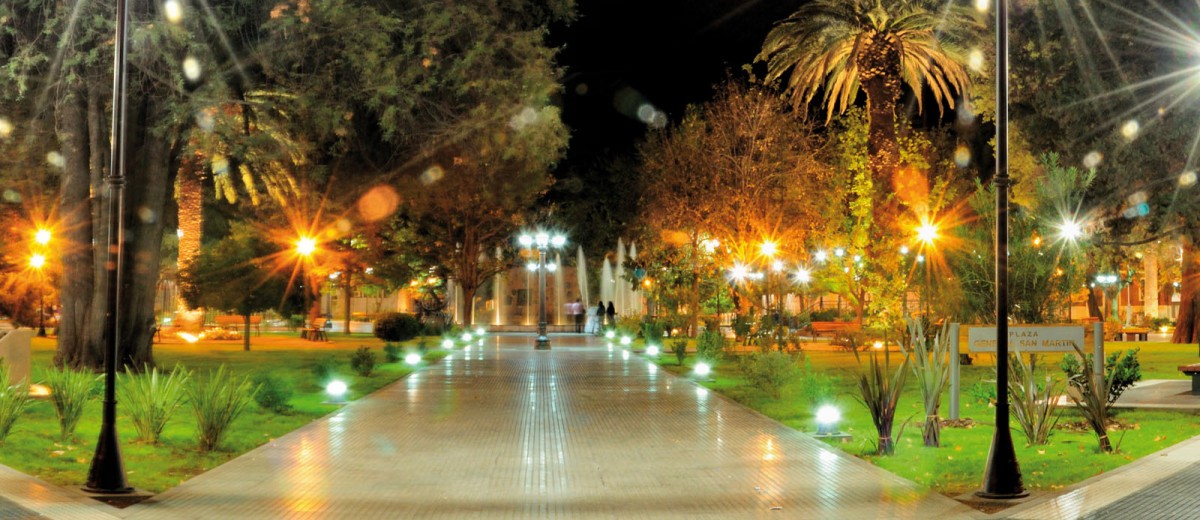


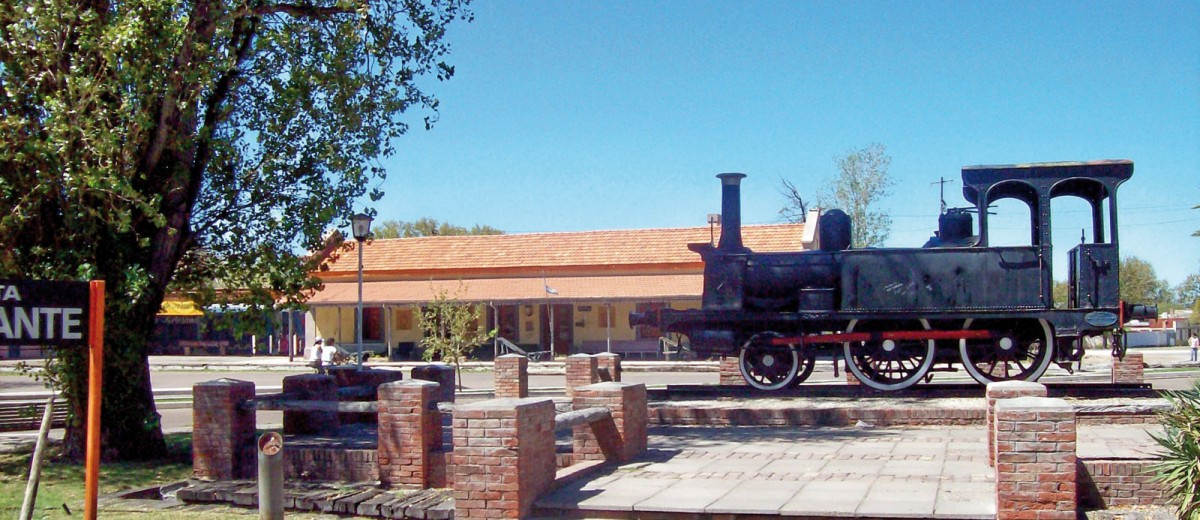




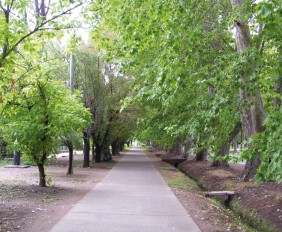

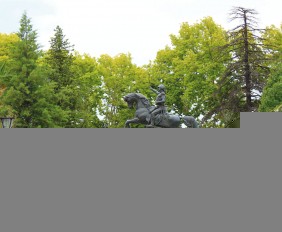
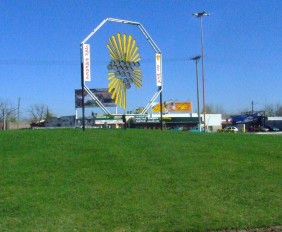
¿Qué te pareció la publicación?